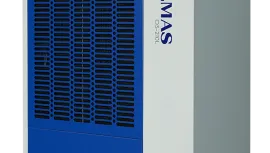- Home
- About Us
- Products
-
DeAir Industrial Dehumidifier
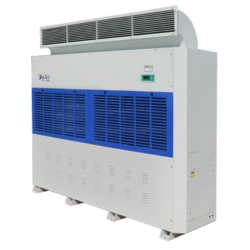 DeAir.RE
DeAir.RE -
DeAir Industrial Heating Dehumidifier
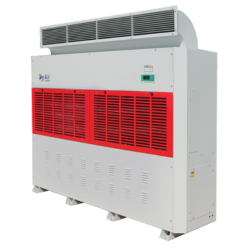 DeAir.RE-H
DeAir.RE-H -
DeAir Isothermal Dehumidifier
 DeAir.CRE
DeAir.CRE -
Dezenno Dehumidifier
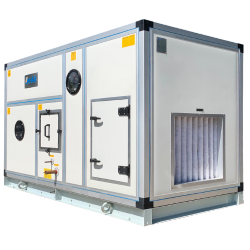 Dezenno
Dezenno -
DeAir Ceiling Mounted Dehumidifier
 DeAir.RE-CL
DeAir.RE-CL -
Olmas Industrial Dehumidifier
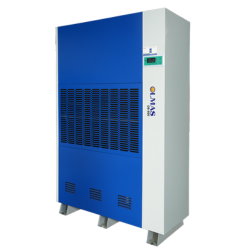 Olmas-OS
Olmas-OS -
DeAir Industrial Humidifier
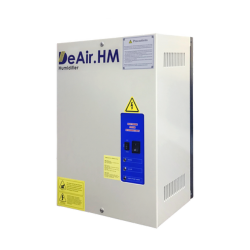 DeAir.HM
DeAir.HM -
Daxwell Dry Machine
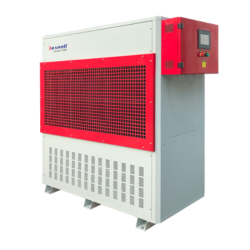 Daxwell
Daxwell -
DeAir Electric Duct Heater
 DeAir.Heat
DeAir.Heat -
AHU
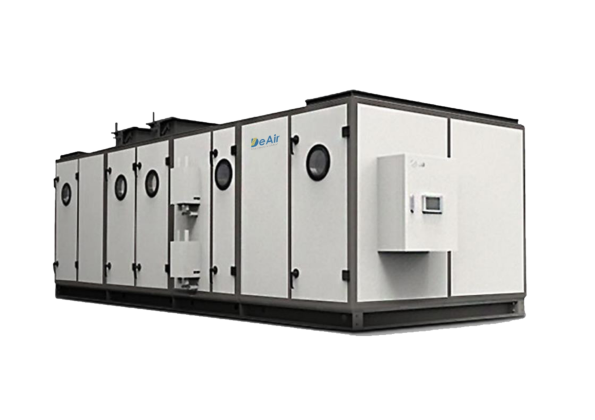 AHU
AHU
-
- Services
- Projects
- Warranty – Maintenance
- News
- Contact
-
0925977579
-
deair@deair.com.vn
-
Office and factory: 442/8 National Highway 1A, An Phu Dong, District 12, Ho Chi Minh City
How to choice dehumidifiers applied for cotton warehouse at garments?
17/05/2024
In garment, since raw materials and finished goods, which are sensitve to high humidity, are required for thorough storage. Under circumstance of hot and humid climate during seasonal changes to raininess, the air humidity escalated to saturation – in which constitues natural factor directly jeopardising quality of cotton and their outputs.

Which Industrial Dehumidifiers To Choose For Garments?
Cottons are natural fiber and attributes very high absorption of water compared to artificial fiber. Specifically, their water absorbed could be accounted for 65% of the weight. Apart from low exsiccation, cottons tends to becomes get dirt or sticky rubber.
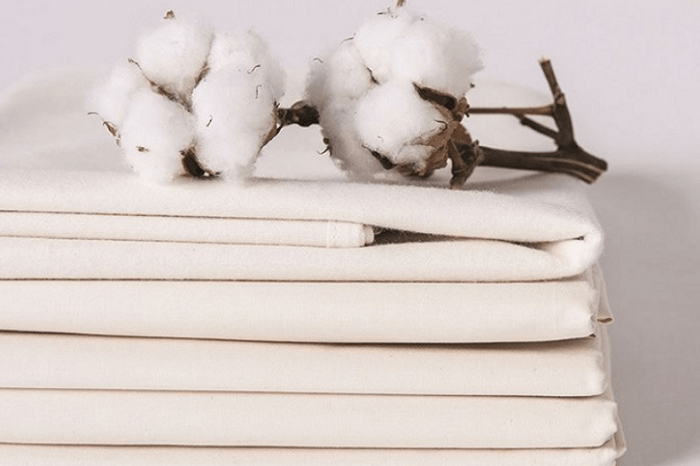 Cottons are absorbed water which take over 65% of the weight.
Cottons are absorbed water which take over 65% of the weight.
Therefore, it is crucial to control humidity when storing and processing cottons.
How humidity affect garmet outputs?
Since humidity significant impacts on garment efficiency and cost effectiveness, it is important to control humidity accurately to optimise and customise humidity for interconnected stages of production.
As determining on outcomes for different characteristics of fibre like durability, lengths, and expansion, controlling accurate humidity tackled:
Cotton rolling: assures the longest fibre if maintaining appropriate humidity.
Cotton spinning: assures the most transparent and beneficial selling and buying prices of fibre.
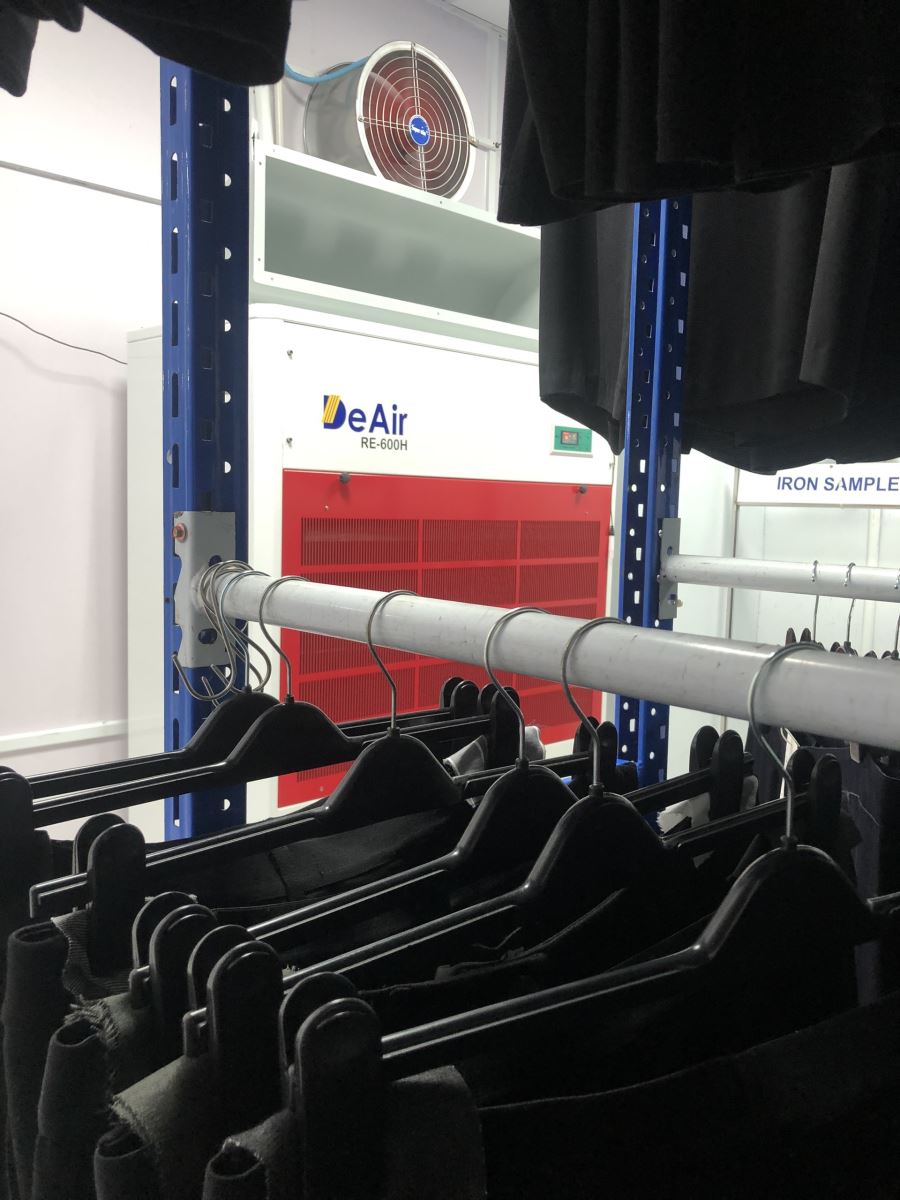
Industrial Dehumidifiers for Garments
Other benefits from controlling approriate humidity:
Blending: as reported to significantly influence on fibre fracture, maintaining appropriate cotton humidity consolidates this attribute accordingly. The production efficiency is prove to improved if fibre ingredients acquired proper humidity. The measurement and good control of humidity at different stages such as combing fibre whereby achieve the most optimal results. The humidity inside fibre pipe also influences on fibre attributes such as durability, expansion and elongation. Hence, the accurate control of humidity accelerates and effectuates stage of ingredients preparation.
Textile garment: the proper humidity on fibre layers enhance experience and touch sensitivity of fabric.
Knitwear product: approriate humidity of fibre enhance efficiency of knitting machine.
Depending on different stages of production and storage, it is recommended that the approriate humidity for garment ranges about 40% - 50%, so the use of industrial dehumidifiers is optimal solution thanks to cost-effectiveness, efficiency, safe and economical production environment.
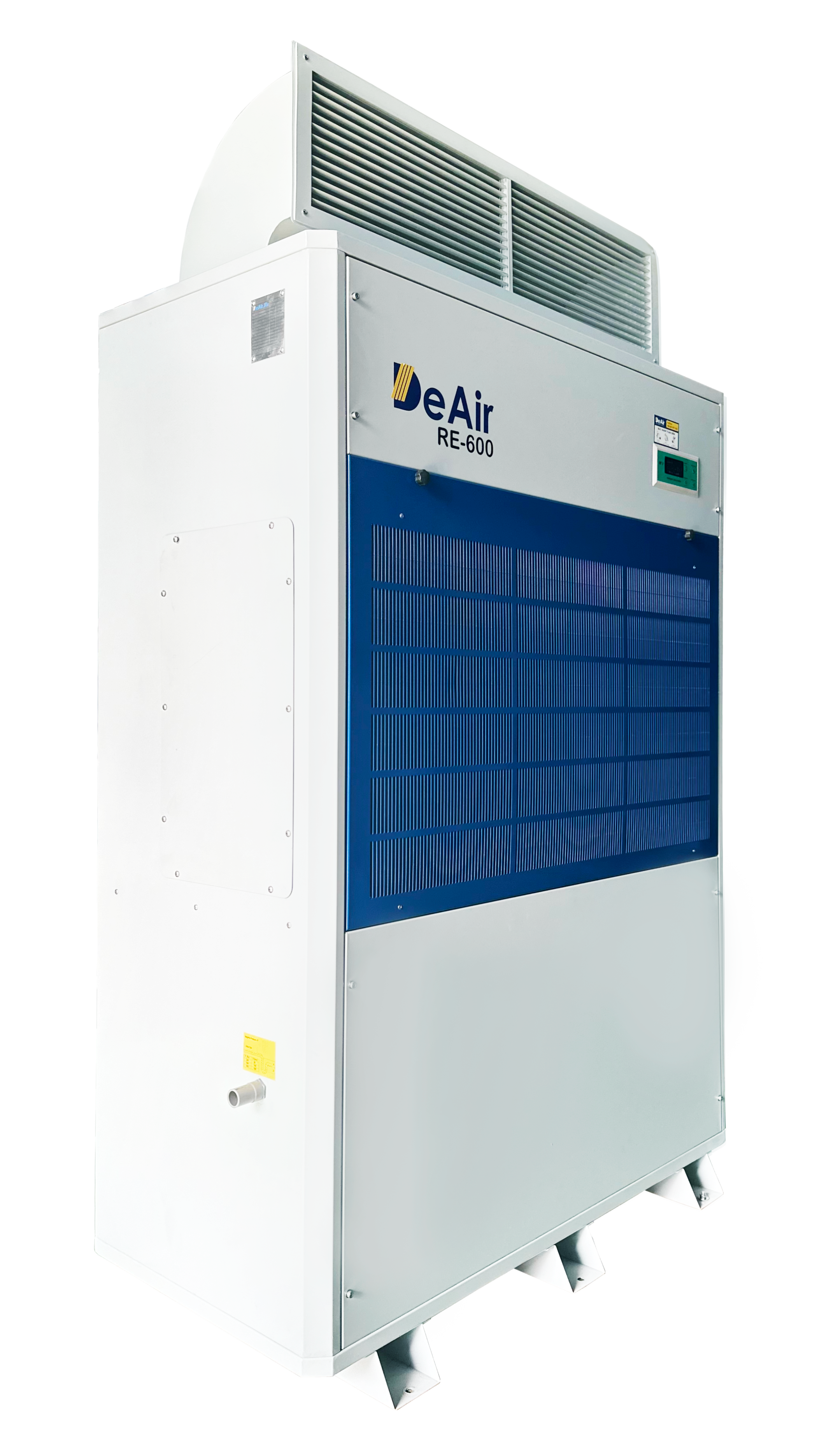
DeAir industrial dehumidifier for warming chamber.
Which is suitable kind of industrial dehumidifier for storage and fiber production?
In order to exactly pinpoint dehumidifier model for your warehouses and manufacturing plants of fibers, we indicates several following considerations:
- Warehouse area (or manufacturing zone).
- Humidity level to be maintained.
- The amount of doors.
- The amount of labours within controlled space.
- The quantity of input fibre inside the room…
Based on these information, we hereby undertake load calculation to pinpoint the most suitable model for your warehouses. Normally, industrial dehumidifers typifying medium to large capacity are widely used for your spaces, in which you can consider selecting models from DeAir.
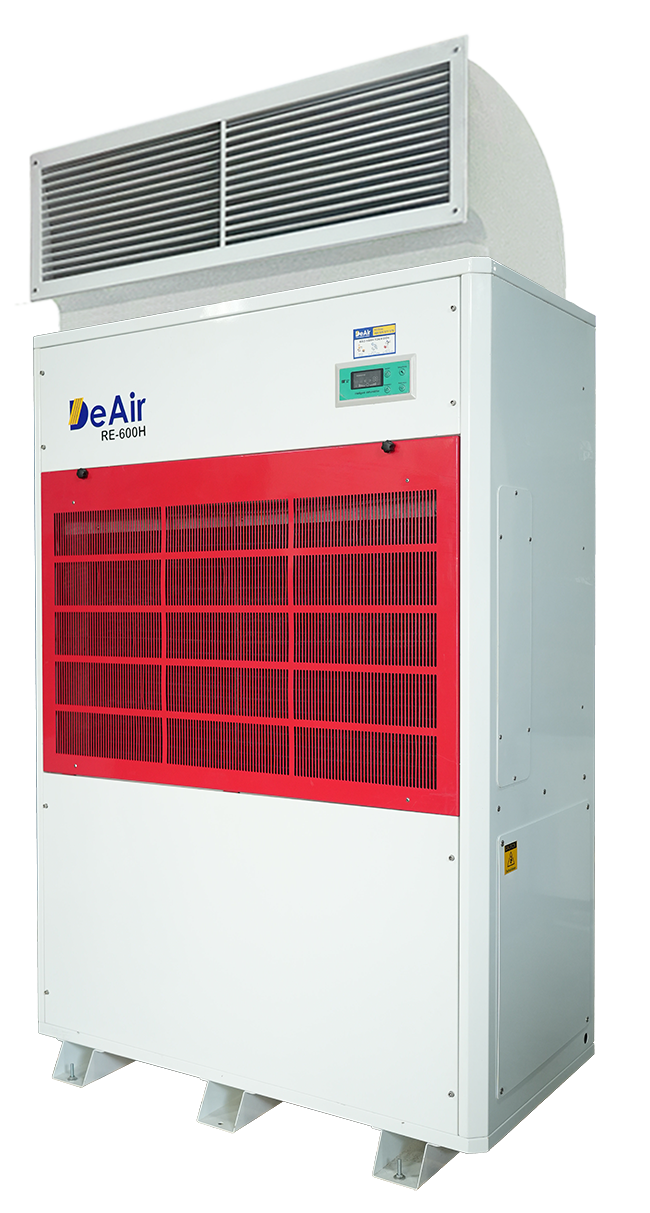
DeAir.RE-600H industrial dehumidifier is ideal model to control humidity within medium-sied warehouse and manufacturing plants.
Sign up for news from DeAir
Related news





